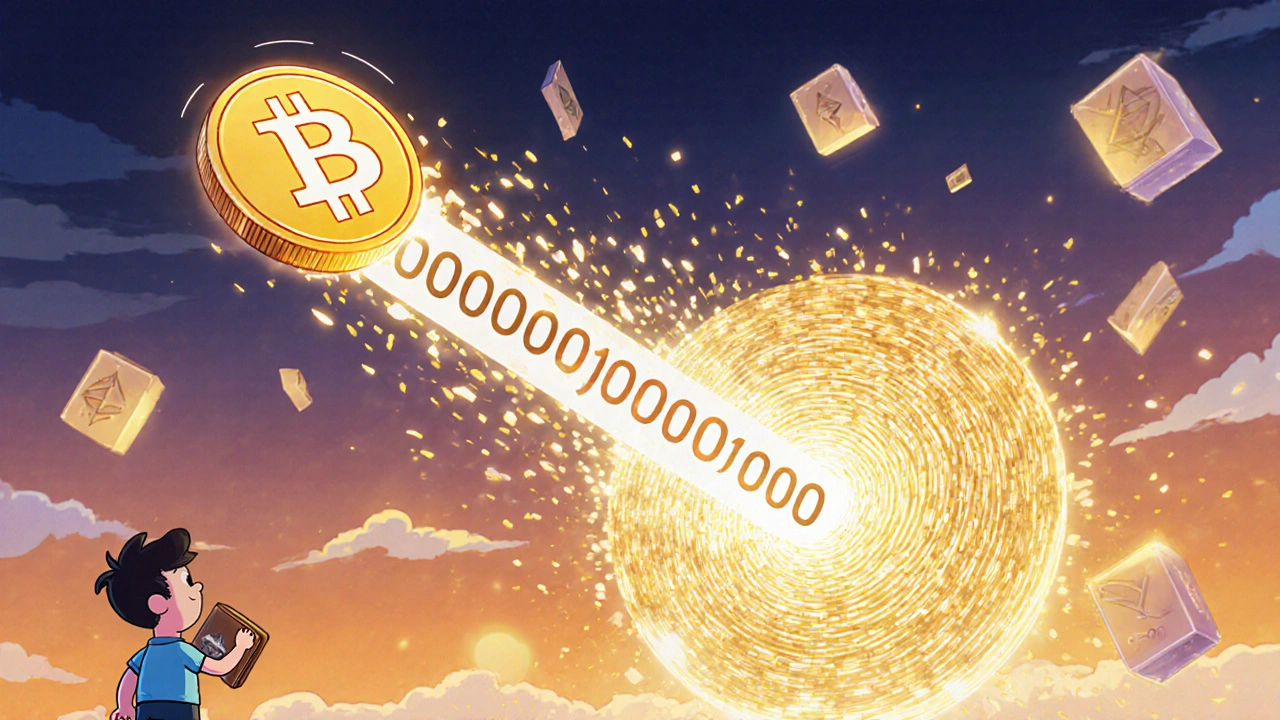Blockchain Token Reduction: What It Means and Why It Matters
When you hear blockchain token reduction, the intentional decrease of a cryptocurrency’s circulating supply to increase scarcity and value. Also known as token burn, it’s not magic—it’s economic design. Projects do this to signal confidence, reward holders, or fix inflation problems. It’s the digital equivalent of taking a rare stamp out of circulation so the ones left behind become more valuable. This isn’t just about numbers on a ledger. It’s about trust. When a team burns tokens, they’re saying: "We believe in this, enough to remove supply from the market."
Token reduction ties directly to tokenomics, the study of how tokens are created, distributed, and managed within a blockchain ecosystem. Also known as cryptocurrency economics, it’s what separates a hype-driven coin from one with staying power. Think of it like a movie’s plot structure—if the story has no stakes, no tension, no consequences, you tune out. Same with tokens. If supply keeps growing with no controls, value erodes. Token reduction adds pressure, purpose, and predictability. Projects like Ethereum and Binance have used token burns for years—not as gimmicks, but as core parts of their economic models. And it works. When supply drops and demand holds steady, price often follows.
Then there’s Ethereum token management, the system of rules and automated processes that govern how tokens are issued, locked, or destroyed on the Ethereum network. Ethereum’s EIP-1559 update introduced regular burns on transaction fees, turning every user’s gas payment into a tiny reduction in total supply. That’s not a side effect—it’s the point. It turns users into participants in the network’s scarcity. This is why Ethereum’s supply has been shrinking for years, even as usage grows. It’s not about hoarding. It’s about alignment. When the people using the system are also helping reduce supply, incentives line up.
You won’t find a movie about token burns on Netflix—but you’ll find plenty about systems that control scarcity. Films like The Killer or Blade Runner don’t just show action—they show control. Who holds the power? Who decides what’s valuable? Blockchain token reduction is that same question, but in code. It’s about who controls the rules, and whether those rules serve the community or just the early investors.
What you’ll find below isn’t a technical manual. It’s a collection of stories about systems that work—how they’re built, how they break, and how people respond. From how sound design makes a punch feel real to how film ratings shape what we think is great, these posts all explore the hidden mechanics behind what we see. Token reduction is no different. It’s not about the numbers. It’s about the story behind them.
Crypto burning reduces token supply by sending coins to an inaccessible address. This increases scarcity and can boost value. Learn how it works, why projects do it, and which burns actually matter.
View More

